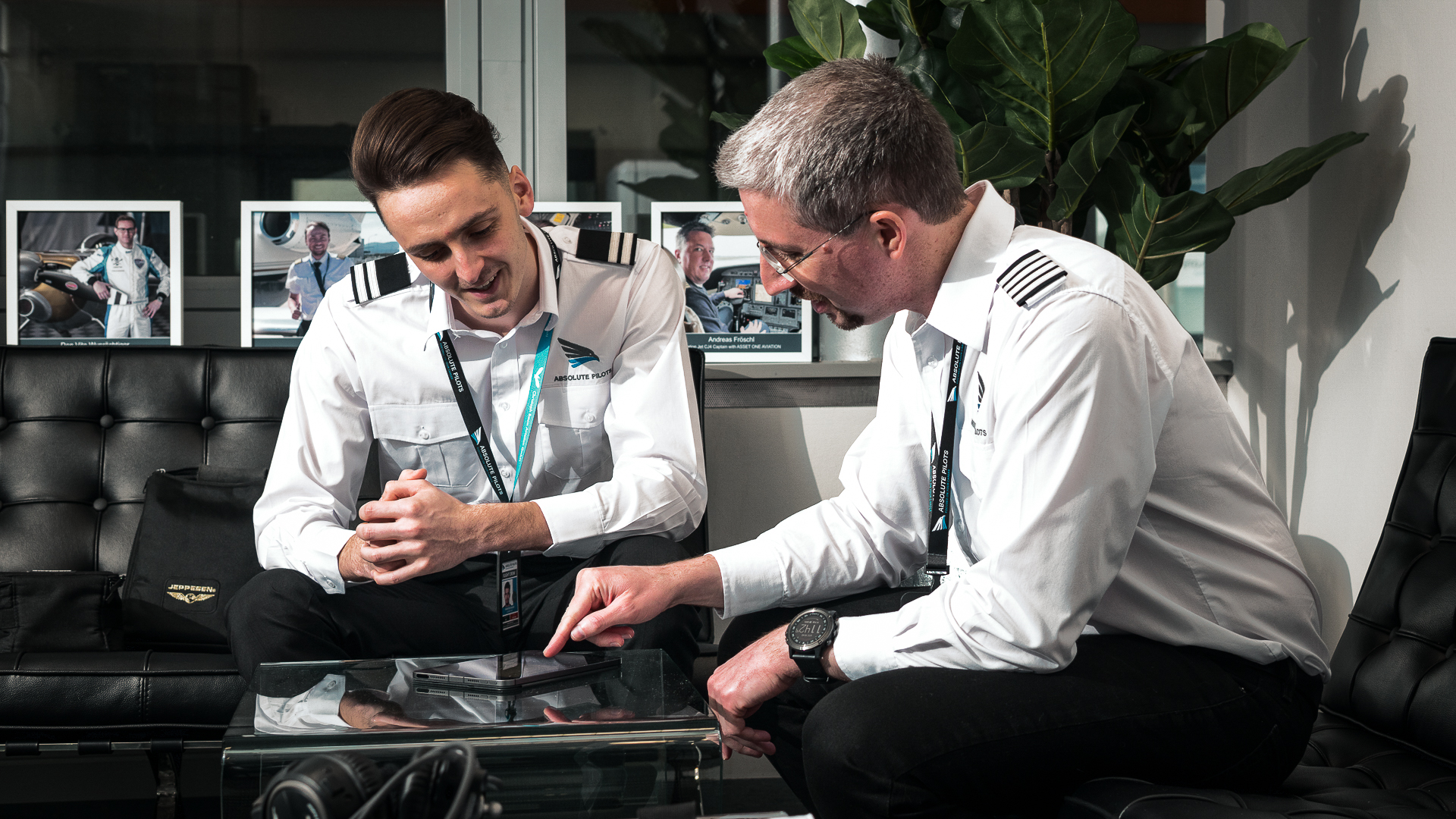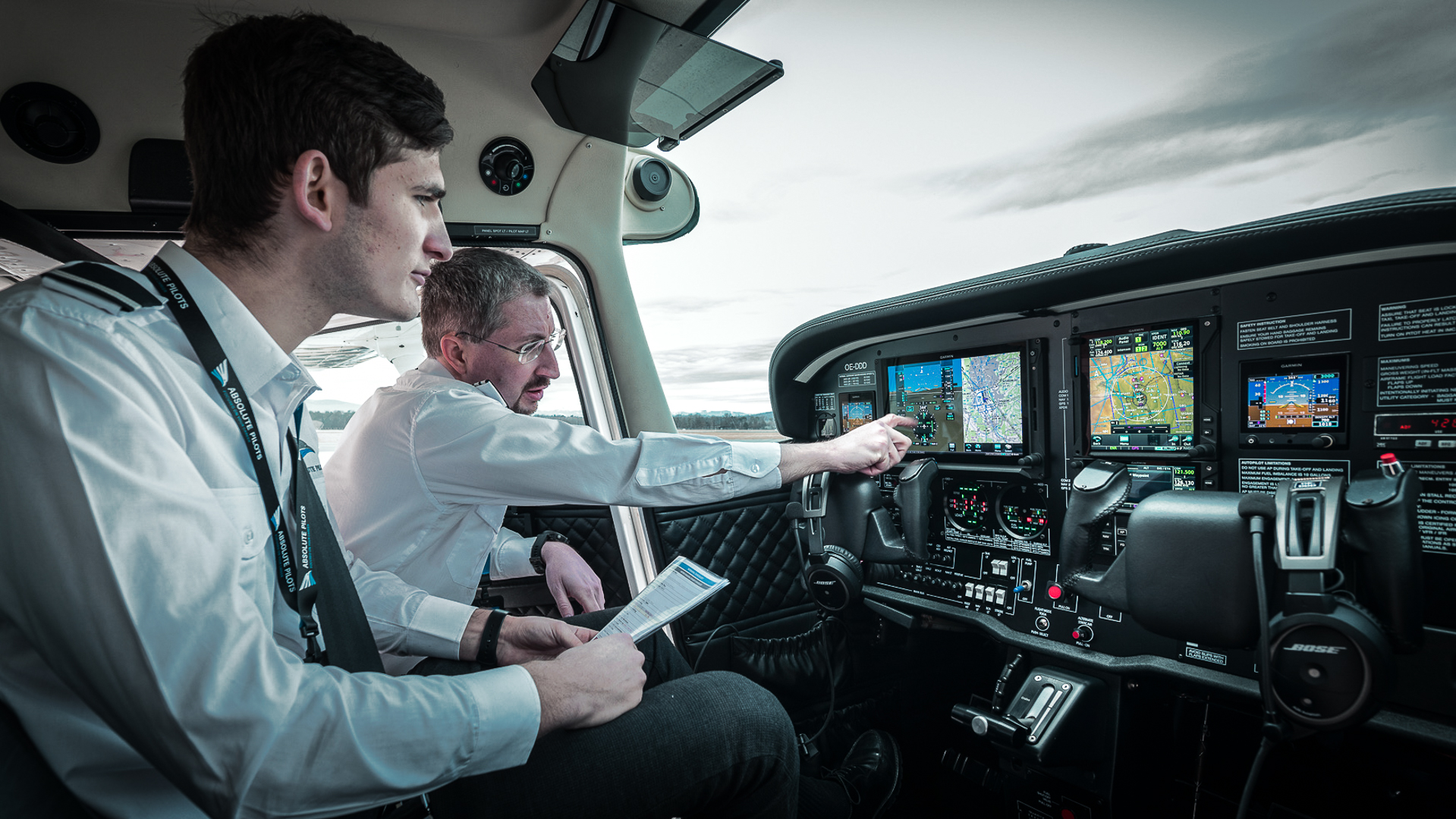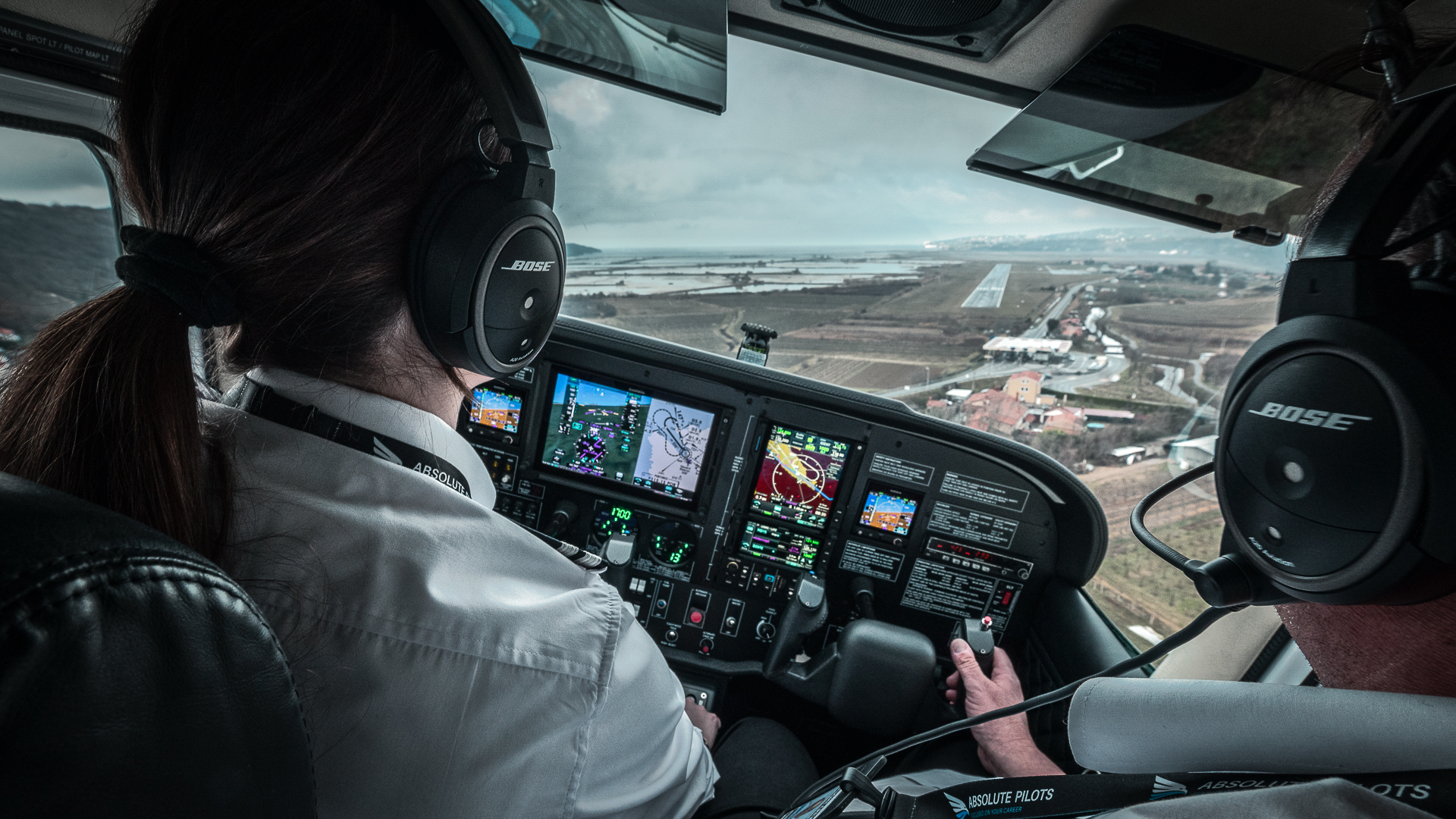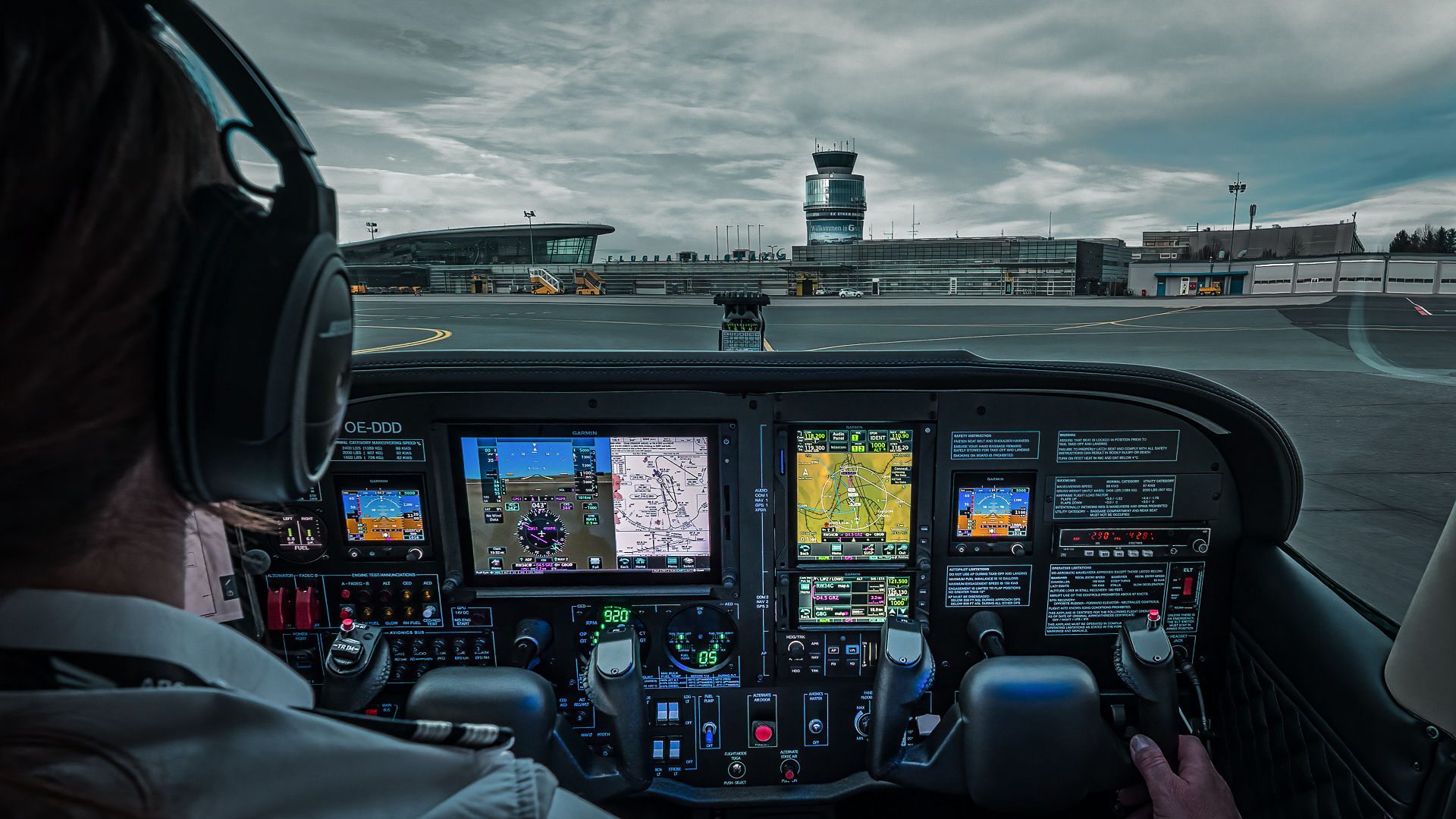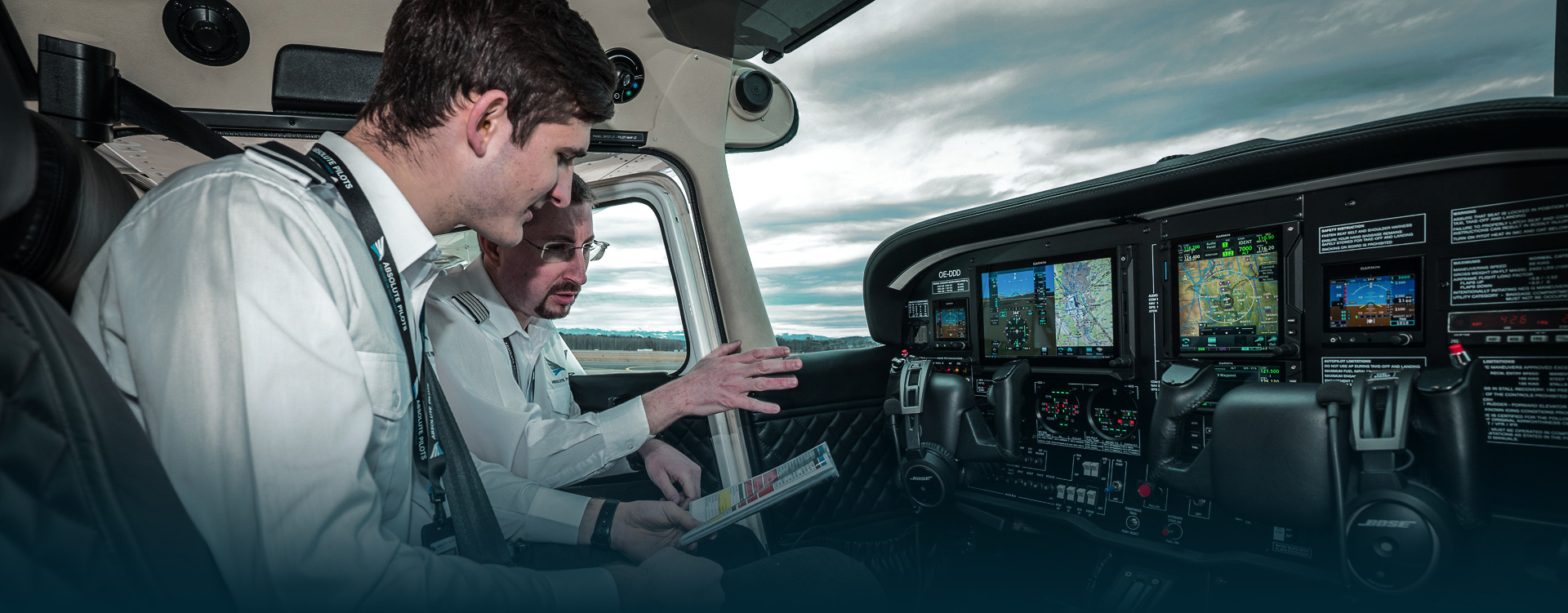
CPL(A) WITH SEP(LAND) & MEP(LAND)
Take one more step and flying will become your profession
The Commercial Pilot Licence PPL(A) with an endorsed
- Class Rating multi-engine piston-powered aeroplane MEP(Land) and
- Instrument Rating IR(A)
is aimed to anyone who is considering a career as a business jet or airline pilot.
The CPL(A) is the next step up from PPL(A). With this licence, you can act for commercial purposes
- as Pilot in Command (Captain) of a small aeroplane that holds less than 9 passengers, or
- on bigger aeroplane like Business Jets or Airliners as First Officer (Co-pilot)
- as a Flight Instructor
If you want to fly bigger aeroplane with more passengers as Pilot in Command, you need an Airline Transport Pilot Licence ATPL(A) which is the highest level of aeroplane pilot licence, and which is required to command aeroplane over 5700 kg or with more than 9 passenger seats. To gain the ATPL(A) licence you need to have the CPL(A) licence first, but only after a flight experience as a pilot on aeroplanes of at least 1500 hrs (of which 500 hrs logged in multi-pilot operations) can the CPL(A) be upgraded to an ATPL(A).
We would recommend before embarking on the time and expense of commercial flight training you should satisfy yourself that you will be able to obtain a CPL on medical grounds and therefore get a class 1 medical.
With the Private Pilot Licence PPL(A) in combination with Class single-engine piston-powered aeroplane SEP(Land), you are allowed to fly SEP(Land) aeroplane with no restriction on maximum take-off weight and number of seats. If you are considering more than just flying for fun, the PPL(A) is the recommended entry into the world of flying. It offers you many more possibilities than the Light Aeroplane Pilot Licence LAPL(A). The PPL(A) is not only the first step for further commercial pilot licences, but also the basis for private flying in more demanding weather conditions, since you can add an instrument rating extension to you PPL(A).
Unlike the LAPL(A), which can only be upgraded with ratings for visual night flying, aerobatics and glider and banner towing, it is possible to upgrade the PPL(A) additional with ratings for instrument flying and flying multi-engine aircraft. It is only possible to obtain a commercial pilot licence CPL(A) on the basis of a PPL(A).
The PPL(A) is also valid outside EASA affiliated countries*, which is not the case with the LAPL(A).
* EASA (European Union Aviation Safety Agency) member states are all EU Member States and additionally Iceland, Liechtenstein, Norway, and Switzerland
To train PPL(A) holders to the level of proficiency necessary for the issue of a CPL(A).
The privileges of the holder of a CPL(A) are, within the appropriate aeroplane category, to
- exercise all the privileges of the holder of an LAPL(A) and a PPL(A)
- act as Pilot in Command (PIC) or Co-pilot (COPI) of any aeroplane engaged in operations other than commercial air transport
- act as PIC in commercial air transport of any single-pilot aeroplane subject to the restrictions specified in EASA regulations
- act as COPI in commercial air transport in a multi-pilot operation subject to the restrictions specified in EASA regulations.
Before commencing the course, you must:
- hold an EASA PPL(A)
- have completed all CPL(A) or ATPL(A) theoretical exams.
Before commencing flight training, you must have:
- 150 hours flight time
- 50 hours PIC
Before application for CPL(A) you must:
- be at least 18 years of age
- hold an EASA Medical Certificate class 1
- have 200 hours flight time
- have 100 hours PIC
- 250 hours Theory (225 hours web-based remote learning + 25 hours in classroom at our Graz-based training facility) *
- 10 hours Flight Training under Visual Flight Rules (VFR)
- 5 hours Flight Training under Visual Flight Rules (VFR) on aeroplanes with variable pitch propeller and retractable gear
- 10 hours Flight Training under Instrumental Flight Rules (IFR)~
~ Not required if the student is holder of an Instrument Rating IR(A) or has completed the basic flight training module of a preceding instrument rating course.
See Timeline CPL(A) (PDF)
See Costs CPL(A) (PDF)
